Want to contribute to this article?
If you work in the quality, regulatory or compliance department of a medicinal or medical device organisation, the initials 'MHRA' might well keep you up at night.
Of course, tightly regulated life science makes us all safer and healthier.
But proving that your documents and data comply with MHRA requirements isn't easy. Information gaps, lax control and critical document findings can be the difference between achieving your MHRA licence and the door being closed in your face.
The Qualsys team have put together some core areas to consider if you want a controlled, compliant document stack to show to your auditor with confidence.

1. Get the basics right first
Before you ever start thinking about what documents you'll need to show the MHRA, you need to get how you manage document quality squared away. There's no point having a complete and comprehensive document stack if those documents aren't in themselves properly managed.
Use ALCOA+ to govern your document management, and don't ignore basic questions such as:
- Are role- and permission-specific documents only accessible by the right people?
- Are documents correctly indexed and filed in a timely manner, in the right location?
- Are file names and electronic metadata accurate?
- For scanned paper documents, are handwriting and wet signatures clearly legible? If colour is relevant for the document, is that colour accurately reproduced in the scan?
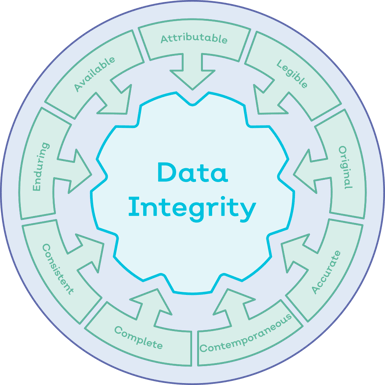
An electronic document management system with audit trails, version control and permission-specific structures will solve many of these hurdles automatically. If your business still relies on manual and paper-based documents, you'll need to put a lot more work in.
It's also crucial that you think about which format is appropriate for your document sets.
Static formats like PDF are suitable for freezing content in an uneditable format, but provide no ability to filter, sort or interrogate data, produce tables or graphs, or search for sections and keywords if the file is an 'image' scan.
Conversely, dynamic formats like spreadsheets offer more freedom and flexibility, but have to be met with even more careful version control and audit trailing to prevent human error.
Finally, don't ignore perhaps the most common and pervasive electronic data capture format out there: email.
Approvals, decisions and issues are discussed and addressed by email in every organisation, so you must think about how you control, store and file pertinent emails to the same level of quality as your other documentation.
2. Tell a story
Being able to piece together a story from start to finish by dipping into your document set is one of the key things you should be able to show your auditor.
Gaps, incomplete timelines and non-linear data sets are all red flags that damage your credibility.
If your business operates in a Good Clinical Practice (GCP) environment, aim to 'tell the story' of each trial within your Trial Master File.
Key TMF components include:
- Dates of R&D, REC, HRA and regulatory approval of protocol and amendments
- Dates of patient recruitment
- Dates of 'regulatory green light' process
- Dates of investigational medicinal product (IMP) shipments and receipt at each laboratory
- Dates of serious adverse events (SAEs) and suspected unexpected sudden adverse reactions (SUSARs) within each trial, with follow-up and reporting timelines
Don't simply check your document stack for information you expect to be there. Check if those documents can be combined to reconstruct the entire narrative quickly and easily.
Even if you aren't in a clinical environment, the same principles apply - ensure the full timeline of events like REC approvals and design developments are covered end-to-end.
In the same way, having an interacting series of document sets you can run your auditor through one at a time will demonstrate the control and coherence of your document management system.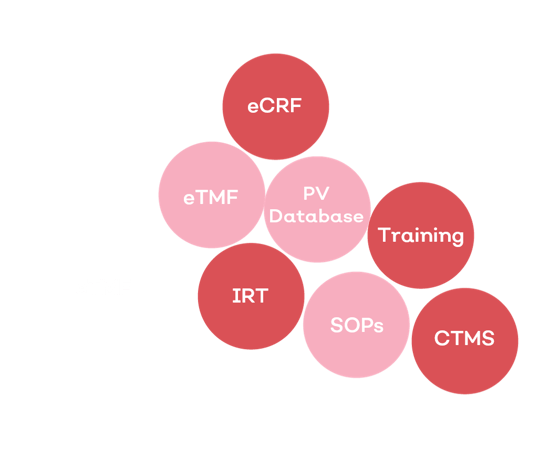
And ensure each dataset is supported with complete audit trails demonstrating every change, the reason why, who made the change, and when.
Automating your audit trails within an electronic document system will make this process much faster and simpler.
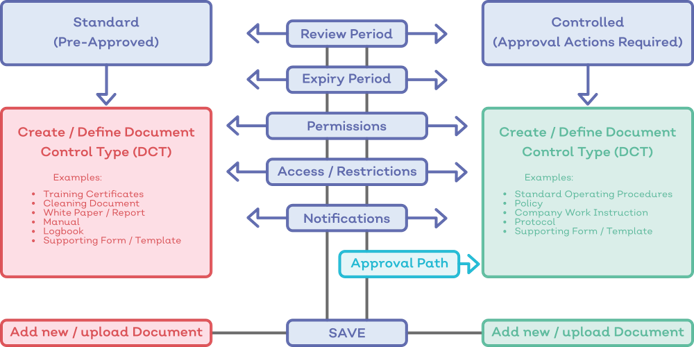
3. Don't fall into common traps
Businesses face 10 common document traps when going in front of an MHRA inspection.
1. Too much variation in naming and formatting conventions
2. Overly large data extracts and 'data overload'
3. Inaccessible 'locked' data in static formats, impossible to interrogate
4. Unclear terminology within audit trails
5. No formal procedures for archiving of electronic records
6. Reliance on CDs and USBs (prohibited by the MHRA) for data storage and transfer
7. Too much variation in document formats (SAS, screengrabs, PDF, Word, Excel)
8. Reliance on paper-based systems, making data review and update more difficult
9. Unclear responsibilities for document management and quality control
10. Murky contractual agreements with electronic system vendors for areas such as metadata archival and long-term access
Take the time to plan ahead and sidestep these issues before they occur.
A clean, clear document stack, within a properly validated electronic system your team understand and can confidently access, will make your MHRA process much simpler and more stress-free.
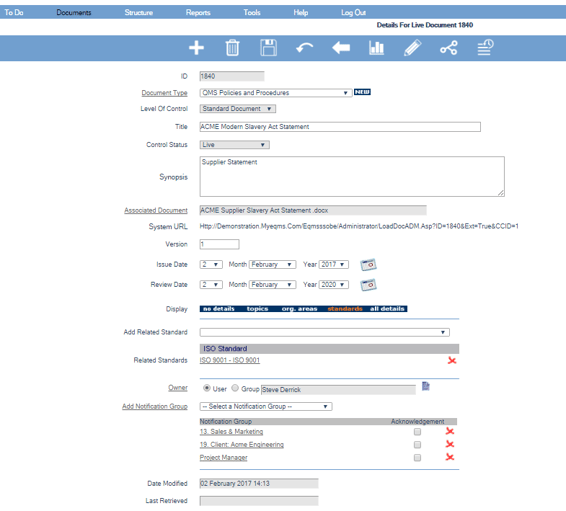
More resources
Questions about electronic document management? Struggling with a siloed, paper-based and spreadsheet-heavy stack?
Book a 15-minute discovery call to explore your options today.





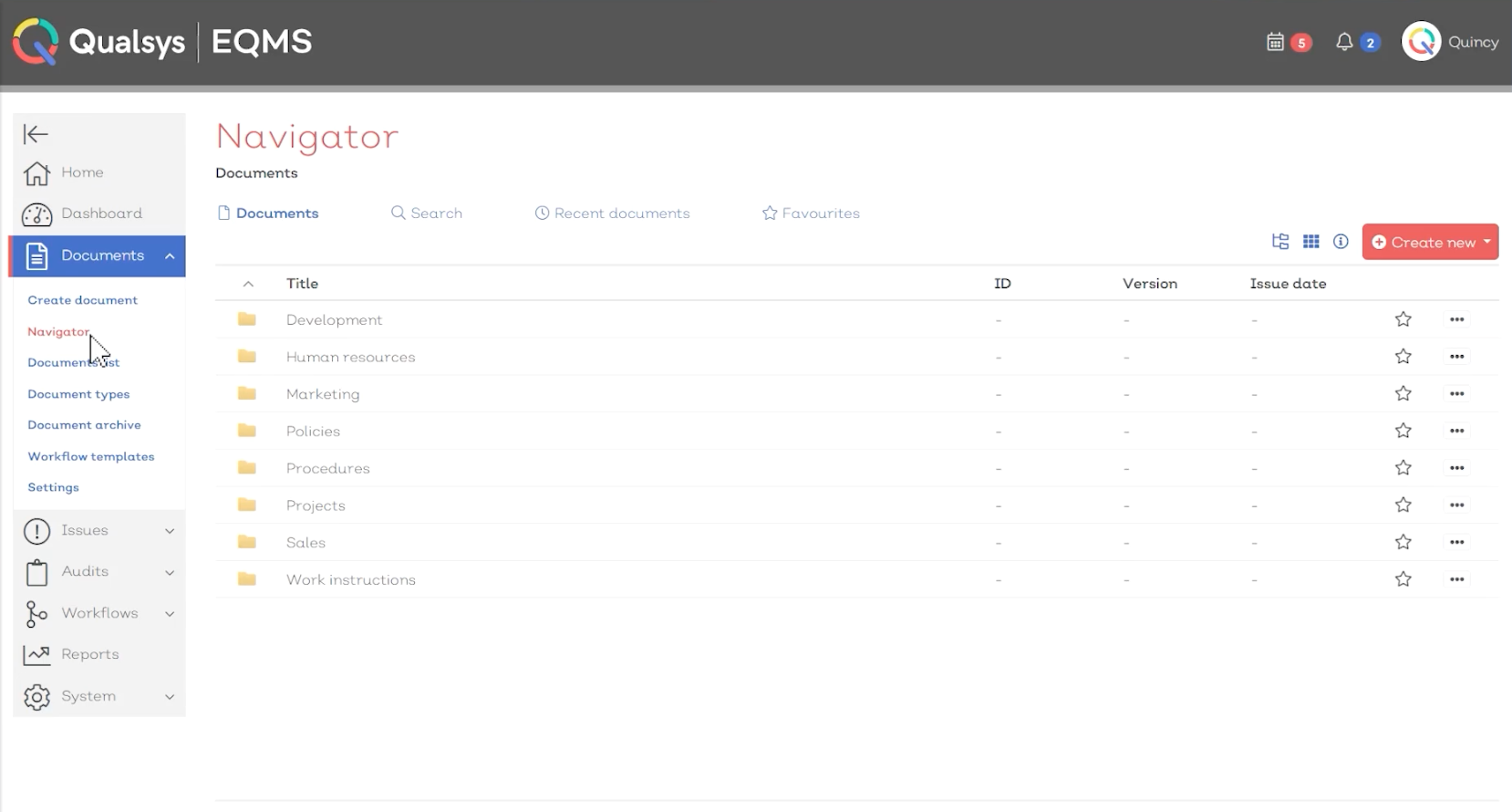
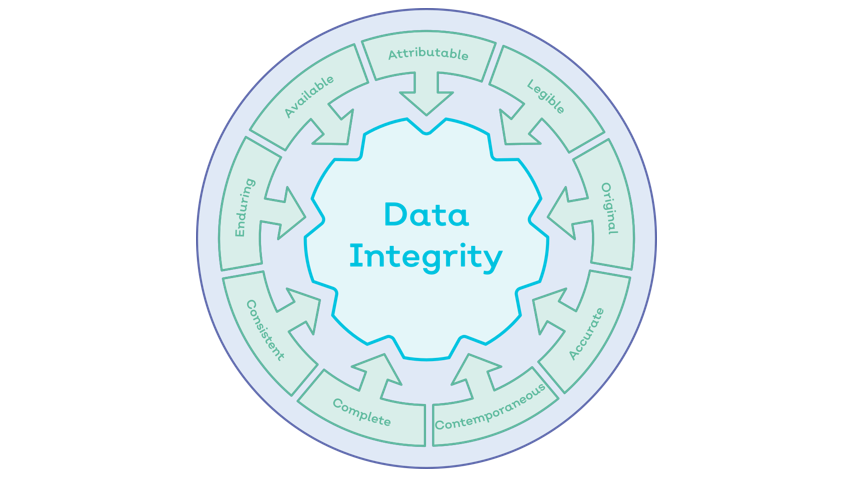
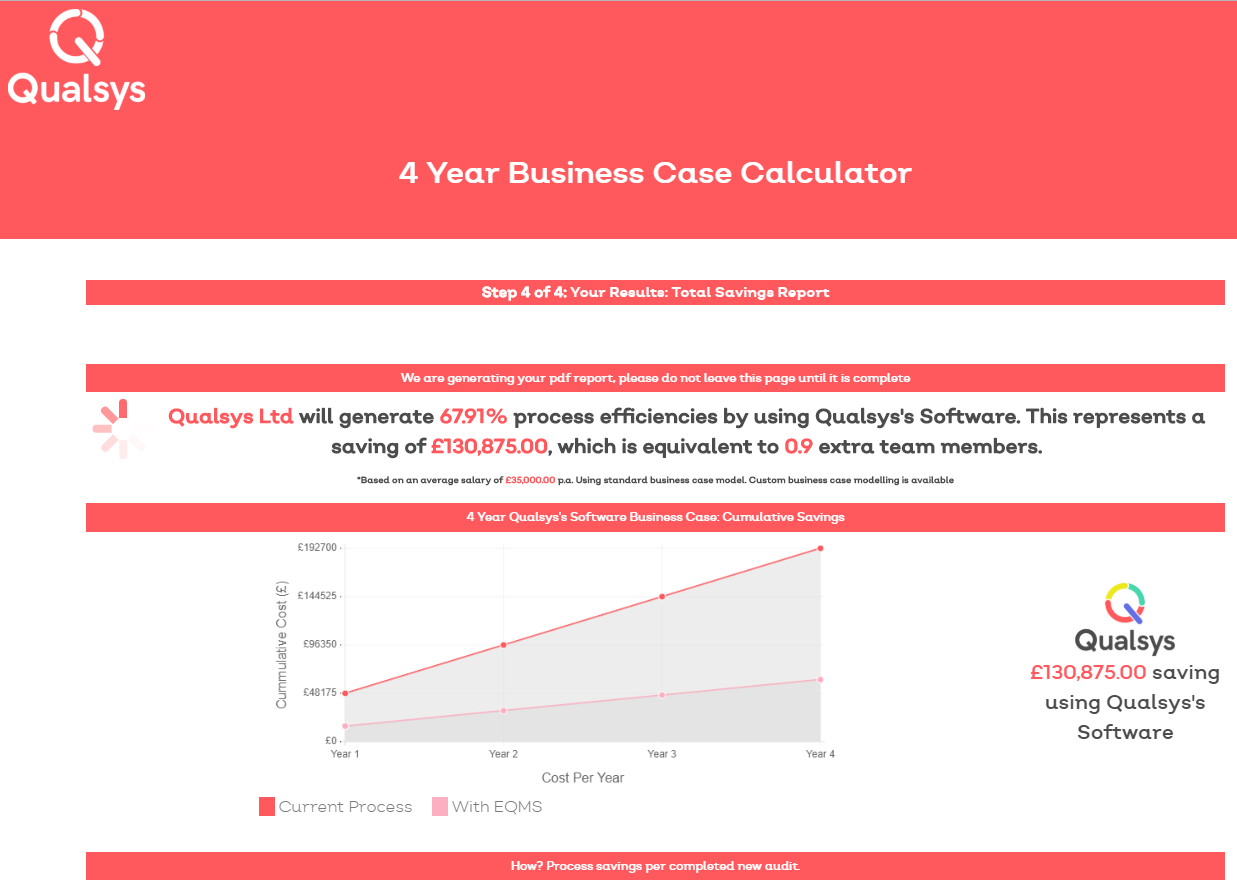
Share your thoughts on this article